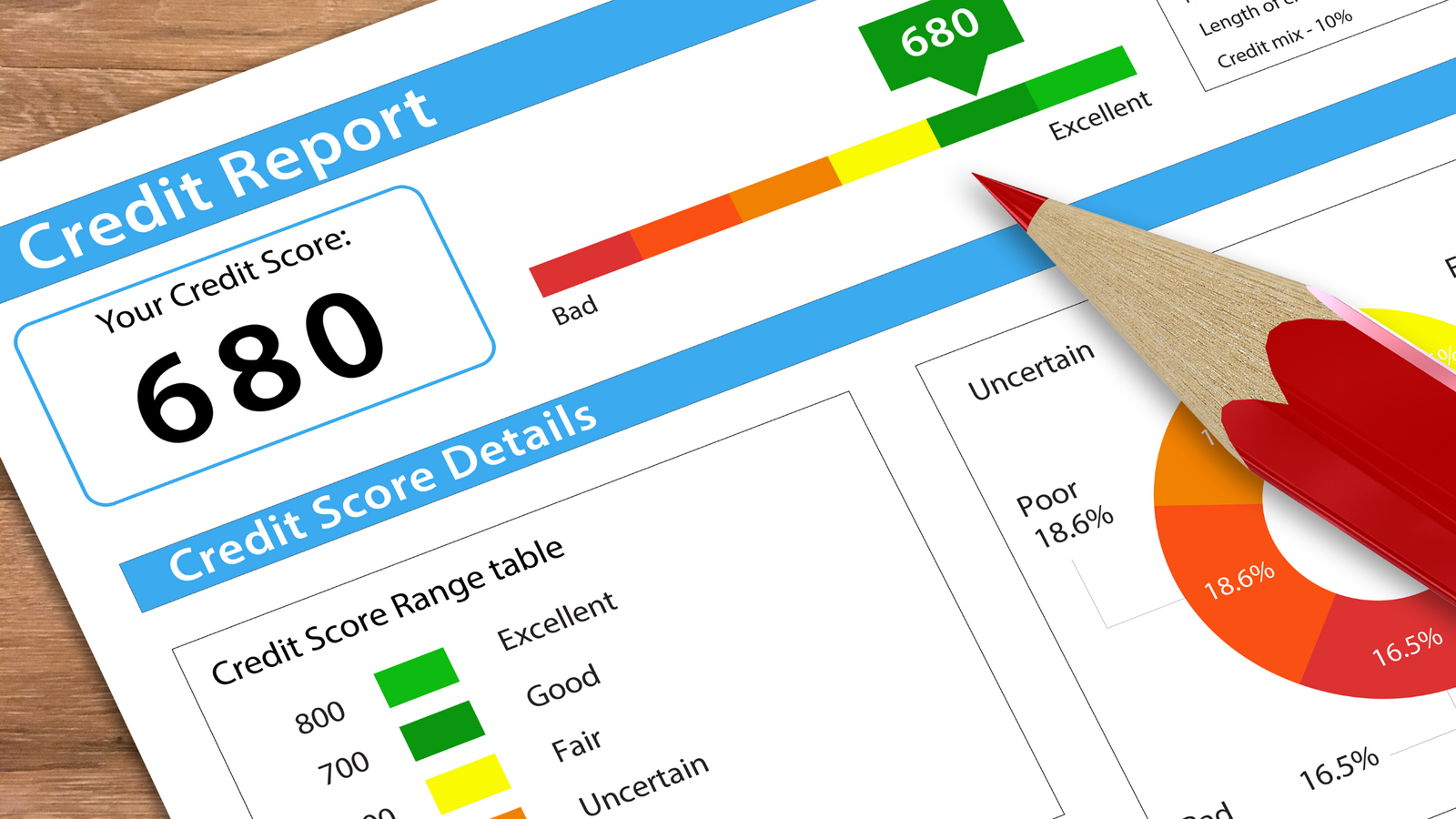If you’re planning to apply for a loan or credit card, there’s key information you’ll need before you begin. Among other things, you need to learn about your debt-to-income ratio and how it affects lenders’ decisions about your credit application.
A debt-to-income ratio is a percentage that states how much of your monthly gross income goes to debt payments. In other words, it gives the lender a clue about how well you manage your debts and entire financial life. Want to know more? Keep reading to learn everything you need to know about your debt-to-income ratio, including how to calculate it with easy examples.
Understanding Your Debt-to-Income Ratio
A debt-to-income ratio, also known as a DTI ratio, shows the comparison between income and debt, giving a snapshot of your current financial health. It measures the amount of your monthly gross income that is used to service debts (your gross income is your income before deducting taxes). In other words, if your DTI ratio is 20%, it means that 20% of your monthly gross income is used to make your required debt payments each month.
Lenders often use this ratio to determine a borrower’s creditworthiness and how big or small of a loan to issue. It gives insight into an individual’s ability to repay debt. A high debt-to-income ratio is a red flag for lenders. It shows that a large chunk of the borrower’s income goes into debt repayment.
For these reasons, it’s important to always keep your DTI ratio at a reasonable level. The lower your debt-to-income ratio, the better your loan terms and chances of getting approved for a credit application. As a general rule, your debt-to-income ratio should be below 43% to qualify for a mortgage. Most lenders prefer a debt-to-income ratio lower than 36%.
Although your DTI ratio does not impact your credit score calculation, a low ratio shows your ability to manage debt. The factors that make up your credit score include your payment history, amounts you owe, the length of your credit history, new credit and credit mix.
What Makes Up a Debt-to-Income Ratio?
There are two components of debt to income ratio: front-end ratio and back-end ratio. The front-end ratio shows what percentage of your monthly gross income goes into housing expenses, including mortgage payments, homeowners insurance, property taxes, and homeowners association dues.
The back-end ratio examines how much of your income goes into your monthly debt obligations, minus your housing expenses. Typically, the back-end ratio takes into account your credit card bills, student loans, auto loans, and any other revolving debt.
How to Calculate Debt-to-Income Ratio
Calculating your DTI ratio follows a two-step formula.
Step 1: Add up all your monthly debts, including mortgage or rent payments, credit card payments, all kinds of monthly loan payments, child support payments and any other debt payments.
Step 2: Divide the sum of your monthly debts by your monthly gross income (your income before taxes and other deductions).
Step 3: Convert the result into a percentage to get your DTI ratio.
Below is a practical example of how to calculate the DTI ratio:
Assume your gross monthly income is $5,000 and your monthly bills are as follows:
- Credit cards: $500
- Mortgage: $1,500
- Car loan: $700
Your total monthly debt payment is $2,700; your debt to income ratio becomes:
$2,700/$5,000 = 0.54
Multiply 0.54 by 100 to convert to a percentage, and your answer is 54%. So in this example, your debt-to-income ratio is 54%.
How to Reduce Your Debt to Income Ratio
For lenders, a low DTI ratio indicates that you’re a less risky borrower. But the big question is, how do you keep your debt-to-income ratio low? Below are tips to help you reduce your DTI ratio:
- Pay all your bills on time, always. Any default in payments – late or missed payments – negatively impacts your credit report, showing you as an irresponsible borrower.
- Pay existing debt as low as you can to improve your credit utilization ratio. Ensure to put revolving debt like credit cards first when paying down debts to avoid racking up interests. Use some tips to strategically pay your credit cards.
- Avoid too many hard inquiries within a short time frame. Every credit inquiry shows on your credit report. After paying off the credit, wait for some time before applying for new credit.Use your credit wisely to build a positive payment history. For example, avoid making large payments with your credit card and pay off your balances in full as soon as you can.
Final Thoughts
Whether you plan to take out a loan now or in the future, it’s best to tighten all the loose ends of your financial life. Doing this means learning about your debt-to-income ratio and intentionally working towards keeping this ratio low. In addition, it helps to know how to maintain your credit score.

About Monica Bulnes
Monica Bulnes is a business writer based out of San Diego, California. Monica received her business education from the top #7 best business school in the country, Rutgers University. She has worked in numerous marketing departments, including major multinational conglomerate, Panasonic. Her passion for personal finance and financial literacy is an extension of her passion for health and wellness. Monica truly believes that financial health is just as important as physical and mental health, considering the important role money plays in each and every person’s life. In her free time, you’ll find Monica inspiring the world through Instagram, writing in her journal, or sketching palm trees at the beach. To learn more about Monica and her writing, find her at www.writingbymonica.com.









